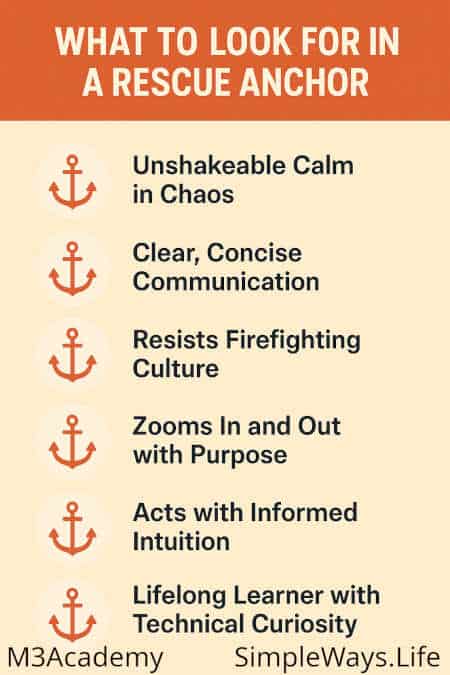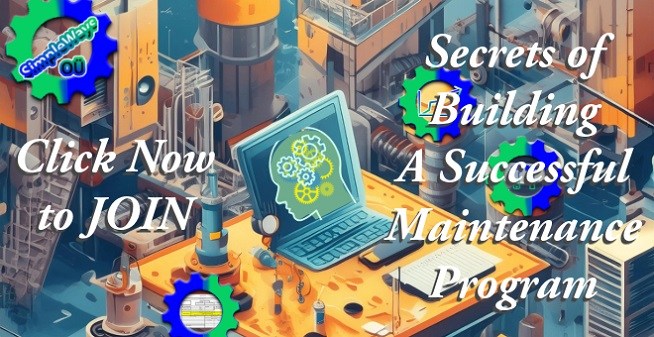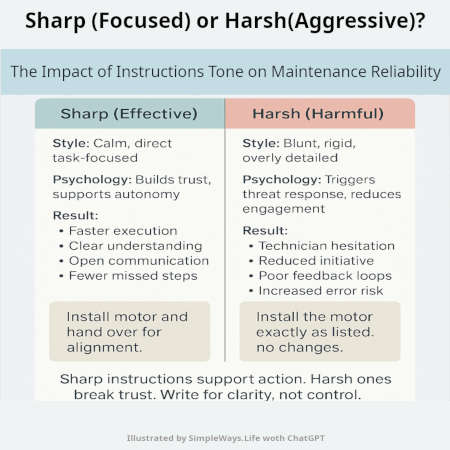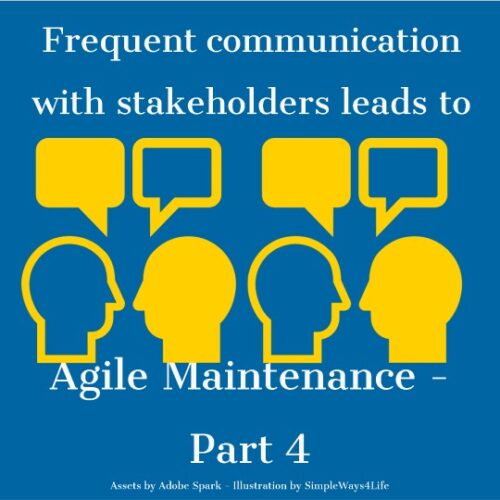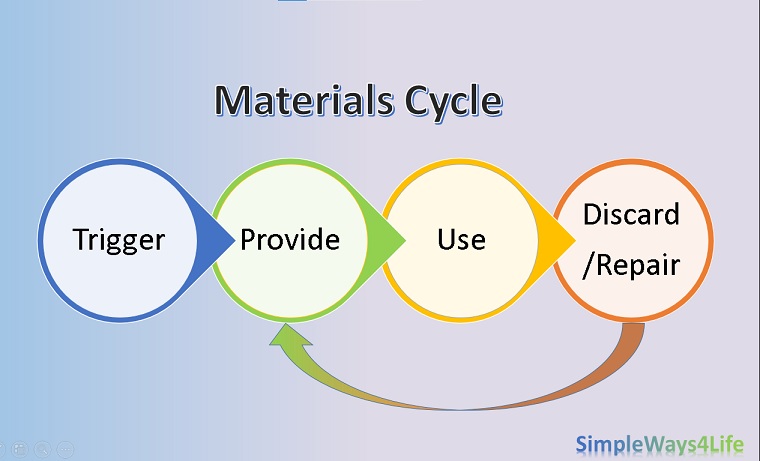When missing a A Rescue Anchor Mindset, a multinational facility you might worked with might had every tool in place. A CMMS, a predictive maintenance system, and even an AI dashboard. But things kept falling through the cracks. Preventive tasks were delayed. Teams felt reactive, not proactive.
Why? There was no human Rescue Anchor. Each team pulled in its own direction. Once a team lead started holding short daily syncs and clarifying 3 key tasks each shift, things changed fast. Uptime increased. Stress dropped. Errors declined. Can you be this one?

CUSTOMPRICE-TO2JAN26
It’s Not About Authority. It’s About Mindset.
Many assume leadership comes with a title, a position, or seniority. But the Rescue Anchor isn’t necessarily the person in charge—they’re the person committed to clarity. It’s a mindset that says, “I may not control the storm, but I can control how I show up in it.” It’s about consistency, not command. Reliability, not rank.
This mindset shows up in small, powerful ways: When a plan changes last-minute, the anchor asks, “What’s our top priority now?” When noise fills the room, they re-center the conversation around facts, goals, and values. When frustration spikes, they listen more than they speak. And over time, this behavior becomes contagious. Others begin to steady themselves by watching how you respond. That’s when transformation begins—not because you took charge, but because you chose to stay grounded.
A true Rescue Anchor Mindsets aren’t static—they’re in constant discovery mode. Curiosity helps them uncover root causes, explore alternatives, and grow beyond reactive patterns.
It can be simplified as : “Lifelong Learner with Technical Curiosity”
The difference wasn’t tech—it was focus.
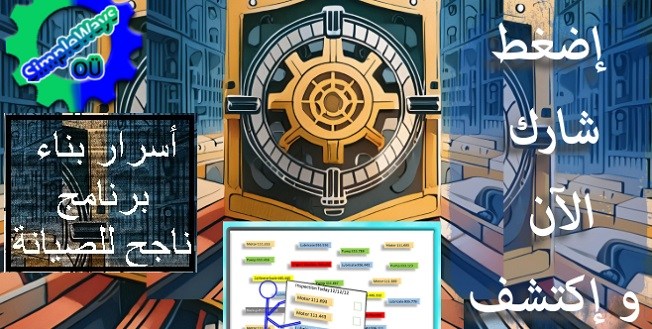
CUSTOMPRICE-TO2JAN26
Becoming the Rescue Anchor: Why It Is a Personal Challenge
Whether you’re a technician, supervisor, or engineer—becoming the Rescue Anchor is a personal commitment, not a position granted by title. It has little to do with organizational authority and everything to do with the mindset you bring to work every day. Anchors don’t scream for attention—they provide quiet, steady resistance against drift. That’s a hard role to play, especially when the chaos around you makes reaction seem easier than reflection.
Taking on this role means you have to hold steady even when others are uncertain. It means being the calm in the storm—not because you have all the answers, but because you’ve chosen to prioritize focus, clarity, and consistency. That’s what makes it a personal challenge. It requires internal discipline, emotional maturity, and a willingness to serve your team by creating a stable foundation. It’s not glamorous, but it’s transformational.
Ready to transform your mindset? Click and Get your copy > Now For Sale on Simpleways.life & Amazon
The Rescue Anchor is not in Digital Skill Growth – alone –
We often discuss upskilling maintenance teams in tools like:
- Google Workspace.
- Cloud file sharing.
- Collaborative planning apps.
But skills alone don’t create transformation. Without a Rescue Anchor to guide which tools to use and when, digital learning gets scattered.
You need someone—or a clear system—that says:
“This is our priority this month. Let’s master this before moving on.”
Otherwise, even digital learning becomes noise.
While data matters, a Rescue Anchor mindset often must act before all the facts are clear. They trust their trained instincts—developed over time—to guide calm, confident decisions.
It can be simplified as : “Acts with Informed Intuition”
What to Look for in a Rescue Anchor?
Not sure who your Rescue Anchor might be—or wondering if you could become one?
The truth is, a Rescue Anchor isn’t always the person with the loudest voice or the most years on the job. It’s the one who stabilizes the team, especially when everything’s in flux. Here are the key traits to look for (or to cultivate).
1. Unshakeable Calm in Chaos
When systems break and the clock is ticking, panic spreads quickly. The Rescue Anchor is the one who doesn’t flinch. Their calm is contagious.
They recognize that anxiety clouds judgment, and they lead by example—steady hands, clear voice, composed demeanor. This emotional control not only keeps them focused but also helps regulate the entire team’s energy.
Key Indicator: People instinctively look to this person during critical moments.
2. Clear, Concise Communication
A Rescue Anchor doesn’t add noise—they clarify it. Whether coordinating emergency repairs or briefing a new team member, their communication is sharp, intentional, and easy to act on.
They translate technical complexity into clear direction and never leave room for guesswork in urgent moments. This skill often makes the difference between an efficient resolution and a spiraling failure.
Key Indicator: Their words bring structure to confusion—and action follows.
3. Resists Firefighting Culture
Firefighting might feel heroic, but it often hides systemic issues. Rescue Anchors challenge this reactive mindset.
They look beyond the immediate blaze and ask, Why does this keep happening? Then they work quietly but persistently to create preventive solutions. They model a disciplined, long-game approach—balancing urgency with sustainability.
Key Indicator: They turn chaos into lessons and lessons into systems.
4. Sees the Forest and the Trees
While others get stuck in the day’s tickets or distractions, a Rescue Anchor maintains situational awareness. They can zoom out to understand how today’s failures connect to yesterday’s choices and tomorrow’s goals.
This dual focus enables them to make decisions that are not just reactive, but strategic—protecting long-term reliability while solving short-term issues.
It can be simplified as: “Seeing the big picture while managing daily issues“
Key Indicator: They connect small events to big-picture outcomes.
5. Consistently Builds Trust
Trust is a Rescue Anchor’s true power source. It’s built not by titles but by actions—meeting deadlines, telling the truth, owning mistakes, and showing up for others.
Team members feel psychologically safe around them. That safety creates space for better collaboration, faster recovery, and higher standards across the board.
It is not only about trust, anchoring also involves emotional intelligence—reading the room, sensing morale, and leading with empathy.
It can be simplified as: “Reads the Team, Not Just the Tools”
Key Indicator: People come to them not out of fear, but because they feel supported.

CUSTOMPRICE-TO2JAN26
6. Grounded, Not All-Knowing
Here’s the liberating truth: Rescue Anchors don’t need all the answers.
What they do need is the ability to stay grounded when others drift. That might mean asking the right questions, redirecting the conversation to root causes, or just holding the team’s focus steady through the storm.
We mentioned big-picture thinking in seeing the trees and the forest, but their explicit toggle between strategic goals and hands-on issues would help them configure a path through the unknown.
It can be simplified as : “Zooms In and Out with Purpose”
Key Indicator: They bring clarity, not complexity—even when stakes are high.
Want to Grow Into a Rescue Anchor?
You don’t have to wait for a crisis to become someone’s Rescue Anchor. You can build the mindset and skills proactively.
Programs like M3Academy and the Maintenance Management Mastermind Academy are designed exactly for this: to turn maintenance practioners into great stabilizers and systems-thinkers. Through real-world strategies, peer collaboration, and proven frameworks, they help you move from reactive to resilient—so that maintenance doesn’t fail, even when the pressure is on.
You will be able to join this community before the end of the year.

CUSTOMPRICE-TO2JAN26
Conclusion: The Rescue Anchor Mindset
Being a Rescue Anchor is not just about knowing the right tools or having the sharpest technical skills. It’s about becoming the person others can count on when the system starts to shake. And that kind of presence—calm, trusted, strategic—isn’t built through software alone.
The Rescue Anchor Mindset requires emotional discipline, the courage to step into confusion with clarity, and the humility to listen before leading. It’s about holding the line when others scatter, asking better questions instead of offering quick fixes, and building systems that outlast the stress.
Yes, digital skills matter. But they’re not enough.
A Rescue Anchor brings human strength to technical environments. That means mindset, character, and commitment are just as critical as data dashboards and predictive maintenance models.
So if you’re waiting to feel “ready,” you may never move. Start where you are. Anchor yourself first—and you’ll find others are already looking to you.
The Rescue Anchor doesn’t wait for calm. They create it.
If you feel you need help with any of these ideas we discussed, request a Management Consultancy or Coaching Services From our Store

